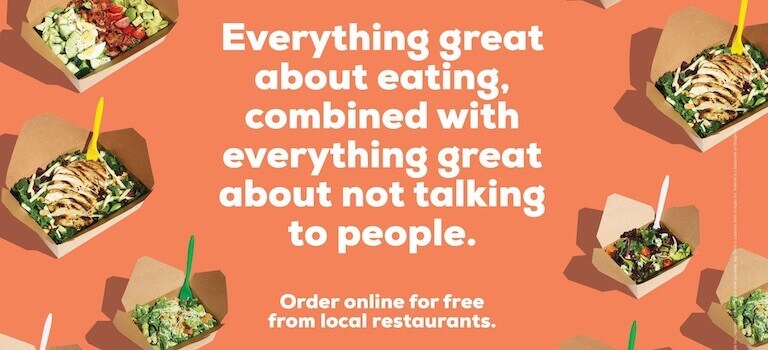Technology is expanding beyond alleviating the struggle to meet our basic human needs and entering the realm of purely luxury enhancements. Companies like GrubHub are leading the front lines in the tech world of ultimate convenience by taking next day delivery promises and raising it to food delivery within 60 minutes, sometimes even to the front door of a six story walk up apartment.
GRUBHUB’S CEO
Matt Maloney, CEO and founder of @GrubHub, along with Mike Evans created an online site in 2004 to help reduce the time it takes to place a food delivery order (See: outdated menus, long credit card numbers, lack of knowledge of what’s close). They then updated their company to have a mobile ordering app, and a tablet app for restaurants to update orders. In return, GrubHub takes 10-15% of the restaurant’s profits made through the app.
What started in Chicago quickly grew to San Francisco, then New York and beyond, amassing a network of over 30,000 Restaurants in over 700 U.S. cities, fulfilling over 250,000 orders per day and totaling well over $1 billion gross food sales.
GrubHub’s Success
Their journey wasn’t easy, and may never be. In their early years, Maloney and Evans struggled to raise venture capital without much proof in their business, so they expanded to San Francisco on their own by doing guerrilla marketing and bootstrapping until enough restaurants signed up that investors were willing to fund them.
GrubHub’s first tactic to combat the competition was to buy out Seamless, who had a cult following in the New York City market. They have since acquired several other small competitors such as LAbites, but Postmates, DoorDash and UberEats are still receiving funding to grow and establish themselves. The challenge remains for all companies in the industry, how can they continue to make money on a delivery service when the cost of delivery often exceeds the profit margins?
The industry business model may not be extremely lucrative just yet, but people are increasingly turning to the smartphones to get delicious meals delivered right to their front door.
One thing is for sure, their ads are always hard to miss, very relatable, and have a clear target audience.
